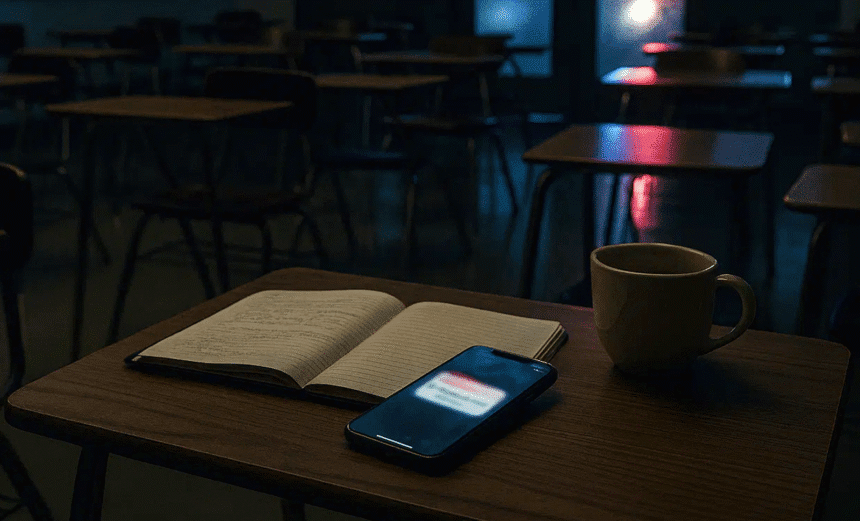In recent months, college campuses across the United States and beyond have found themselves gripped by fear and uncertainty as waves of false threats and hoaxes have disrupted student life. Since late August 2025, a surge of phoned-in bomb threats and “swatting” calls, false reports of active shooters, has swept through universities such as Villanova, the University of Kentucky, and several Historically Black Colleges and Universities (HBCUs). These incidents forced lockdowns, class cancellations, and massive police deployments, only to reveal no credible danger. The trend reflects an alarming pattern that is not confined to one nation; similar hoaxes have hit the University of Toronto Scarborough in Canada and the Islamic College of Brisbane in Australia, underscoring the global reach of this digital menace.
The timing of the surge, during move-in and orientation season, has magnified its impact. Federal investigators link the escalation to “swatting-for-hire” networks that exploit digital anonymity and low-cost VoIP services to sow panic. Groups like the online collective “Purgatory” have been implicated in orchestrating mass campus hoaxes for notoriety or profit. Despite intensified crackdowns, including arrests of teenagers behind hundreds of swatting calls, the deterrent effect remains limited. The FBI and Homeland Security continue to warn that every threat must be treated as credible, further straining police and university resources.
Statistics paint a sobering picture. According to ‘Time’, false shooter reports accounted for over 64% of violent-incident alerts in U.S. schools during the 2022–23 academic year, a staggering 546% increase since 2018. HBCUs have been repeatedly targeted, prompting federal investigations and special funding to strengthen security infrastructure. These threats may be baseless, but their effects are anything but imaginary. Each hoax drags police departments, emergency management teams, and administrators into a costly cycle of chaos. The Islamic College of Brisbane recently revealed it spent AU$150,000 on immediate security upgrades following a bomb hoax, money diverted from educational programs to pay for cameras, reinforced gates, and private guards. In the U.S., universities face similar financial shocks as repeated alerts drain emergency budgets through overtime pay, canceled classes, and interrupted operations.
The psychological fallout runs just as deep. Even after an “all clear” is declared, students often report lingering trauma, panic during classes, fear of loud noises, and chronic hypervigilance. For many, lockdown drills and alerts have become as common as exams, but their emotional toll accumulates quietly. Data from national surveys reveal that over 60% of college students now meet the criteria for at least one mental health condition, and the average wait for a first therapy session remains around eight days. Repeated threat alerts compound this mental strain, especially among first-year and marginalized students who already face high stress and uncertainty. Counseling centers report rising caseloads and burnout among staff, as universities scramble to provide psychological first aid while maintaining academic continuity.
Globally, the trend echoes across borders. The United Kingdom has faced coordinated hoax threats targeting schools and universities, while Canada and Australia have seen their own versions of campus panic. The shared vulnerability lies in the digital infrastructure that enables anonymous, transnational harassment. With a single online call or message, perpetrators can mobilize entire SWAT units, shut down institutions, and provoke widespread fear all at negligible personal cost. The resulting imbalance between the ease of threat-making and the massive real-world repercussions has created a new category of modern crisis management for universities worldwide.
As institutions navigate this era of digital intimidation, many are rethinking their approach to campus safety. Security experts emphasize that preparedness training and improved communication systems are essential, but they warn against letting emergency culture eclipse well-being. While universities invest millions in physical security, mental health professionals urge parallel investments in counseling, trauma-informed teaching, and resilience programs. Without that balance, the cycle of fear will persist long after the sirens fade. The ultimate challenge is not just to catch the callers behind these hoaxes but to restore a sense of safety, trust, and calm in learning spaces shaken by repeated alarms.

















